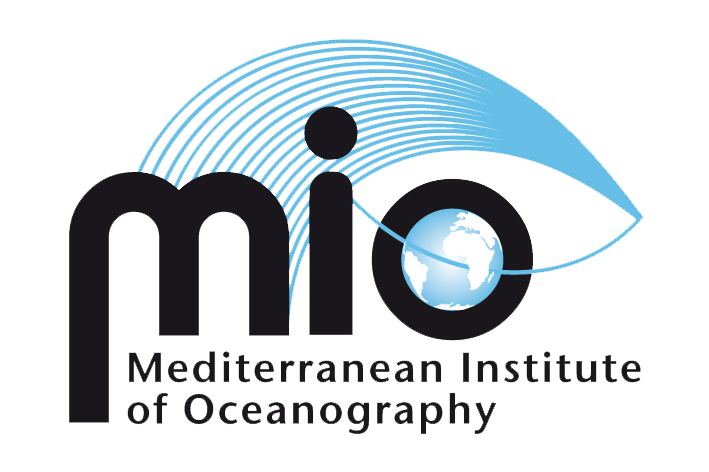Mélanie Grenier, young researcher at LEGOS in Toulouse: The effects of Arctic amplification on particle fluxes and circulation in the modern Arctic Ocean using a combined geochemical/physical approach
Continental inputs to the ocean provide most of the nutrients needed for photosynthesis, and thus modulate the export of particulate carbon to the deep ocean (also called the biological carbon pump). Under the effect of climate change, these continental inputs are likely to evolve and modify marine chemistry and biological activity. This is particularly true in the Arctic, where coastal erosion is accelerating and where the gradual retreat of the sea ice allows better light penetration, thus stimulating photosynthesis. Mélanie Grenier will present her work on the study of particle flux and circulation variability in the Amerindian Basin of the Arctic Ocean between the 1990's and 2010's, through the analysis and modeling of the tracer 230Th, in the context of Arctic amplification. She will also present the characterization of neodymium isotopic composition of river water in the Canadian Arctic Archipelago that she conducted to trace and quantify continental riverine inputs from this region. She will conclude with a presentation of the research project to which her studies have led her, which she is proposing through a CNRS CR application in Toulouse (LEGOS). Her project focuses on the study of continental inputs to the Arctic Ocean, in terms of flux, source and oceanic transport. Melanie proposes the joint analysis of different geochemical tracers -the isotopes 230 and 232 of thorium, and the isotopes 7, 9 and 10 of beryllium- whose properties allow to distinguish different sources of input and to quantify the flows. The characterization of the fate of these inputs in the ocean relies on the combination of these geochemical analyses with Lagrangian analyses of the modeled circulation. The objective of his project is to quantify the contribution - still poorly known today - of continental input vectors to the ocean that are likely to evolve under the effect of climate change: melting permafrost and sea ice.

